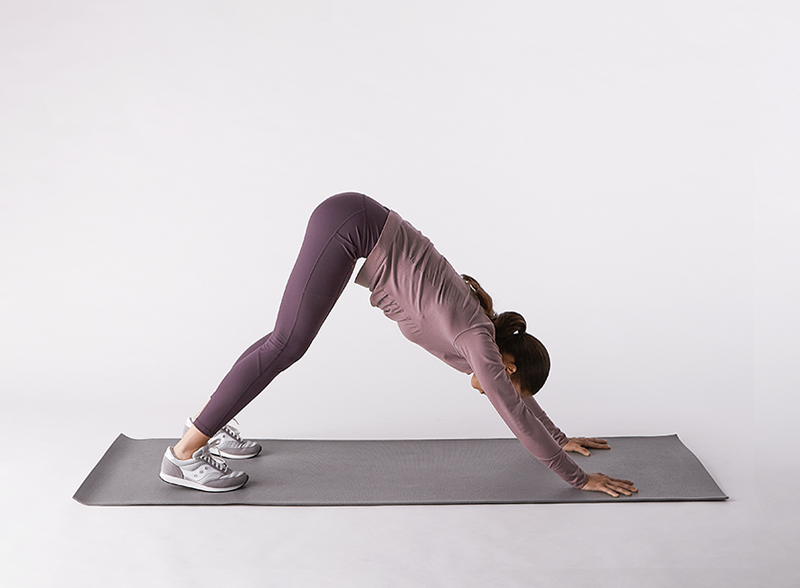Cómo hacer perro boca abajo: una guía de Hinge Health
Aprende a hacer un perro hacia abajo para ayudar con la fuerza total del cuerpo, la flexibilidad y la movilidad, además de modificaciones para hacerlo más fácil o más difícil.
$0 costo para usted
Última actualización: Jul 22, 2025
